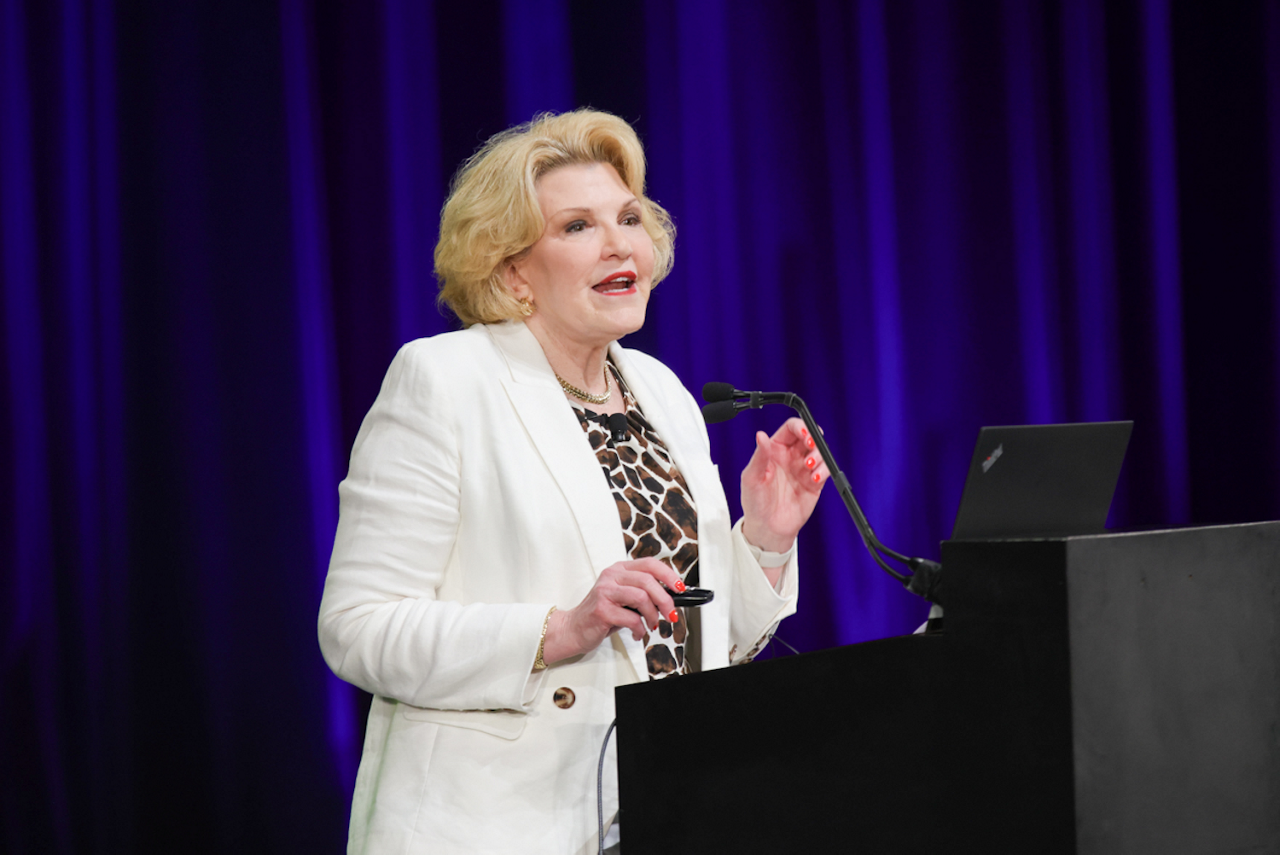Some employers are concerned about the legality of employee resource groups (ERGs) in light of the diversity, equity, and inclusion (DEI) executive orders passed last week by President Donald Trump.
Also known as affinity groups, ERGs are employee-driven groups focused on a shared and often protected characteristic, life experience, or interest. But limiting participation in those groups to employees who are protected by a factor such as race, ethnicity, or gender was already seen as problematic by the courts and is likely to attract even more attention now as the administration targets various diversity initiatives.
“ERGs should either be open to all employees or any such limiting factor cannot be a Title VII [of the Civil Rights Act of 1964] factor,” said Jonathan Segal, an attorney with Duane Morris in Philadelphia and New York City.
Supreme Court Ruling and ERGs
That’s because an ERG likely would be deemed a term, condition, or privilege of employment. If the ERG has “some value,” then discriminatory exclusions would seem to cause “some harm,” Segal said.
“Last year, the Supreme Court ruled in Muldrow v. City of St. Louis that, if there is discrimination relative to a term, condition, or privilege of employment, the employee need prove only some harm,” he explained.
Before this ruling, some appeals courts had imposed a higher burden, such as significant harm.
“Prior to Muldrow, there was real risk in limiting an ERG to members of a protected group,” he said. “After Muldrow, the risk is even higher.”
Muldrow’s reach isn’t limited to ERGs; it also applies to leadership training, mentoring programs, internships, and fellowships, Segal added.
While ERGS are “seen as a safe space for traditionally marginalized groups to come together to discuss their unique challenges, [they] should be open to all employees,” said Brooke Iley, an attorney with Blank Rome in Washington, D.C.
This was already best practice for employers prior to Trump’s DEI executive orders, she added.
“While the content may focus on a specific constituency, an ERG should be open to all,” Iley said. “By allowing all employees to participate, even those from historically privileged backgrounds, companies will support a better understanding of issues that divide workforces and unique challenges. This type of open participation fosters greater inclusivity and allyship within an organization.”
Furthermore, she said, this type of inclusion leads to greater understanding and partnership among colleagues in the workforce.
Lawful ERGs
There are a few examples of lawful ERG structures, according to Camille Olson, an attorney with Seyfarth in Chicago, San Francisco, and Los Angeles, including:
- ERGs that have open membership to all employees.
- ERGs that are mission-focused without exclusionary policies.
- ERGs that offer leadership development through nondiscriminatory means.
- ERGs that have funding and employer support without coercion of employees.
“The answer as to whether any particular ERG program is legally compliant depends on the specific facts of the ERG,” Olson cautioned. “There is no general rule of compliant or noncompliant. The answers are in the details of the program.”
Clarify Ground Rules
An important practical consideration is to set expectations for ERG meetings and events as you would any other workforce meeting by clarifying ground rules for discussions and engagement to promote the core principles of a respectful and professional workplace, Iley said.
ERGs can reflect a range of commonalities and interests, Christine Michel Carter, an author, noted at SHRM22 in New Orleans. Typically, groups are formed around the experience of being part of historically underrepresented populations that have faced discrimination based on workers’ race, sex, sexual orientation, gender identity, or disability status.
But as ERGs proliferate, the groups now routinely focus more generally on shared experiences, such as employees who are young professionals, employees nearing retirement, workers who are new to the organization, veterans and military reservists, remote workers, working parents, and people with religious or spiritual interests, to name a few.
Employees are multifaceted and may choose to belong to more than one ERG, Carter said.
An organization run by AI is not a futuristic concept. Such technology is already a part of many workplaces and will continue to shape the labor market and HR. Here's how employers and employees can successfully manage generative AI and other AI-powered systems.




